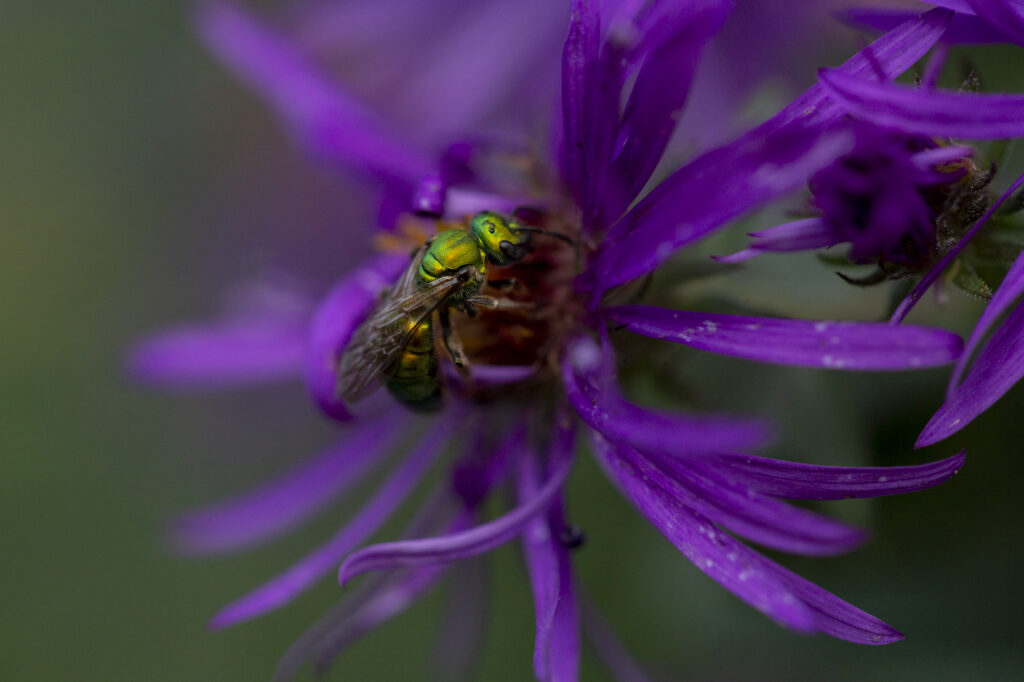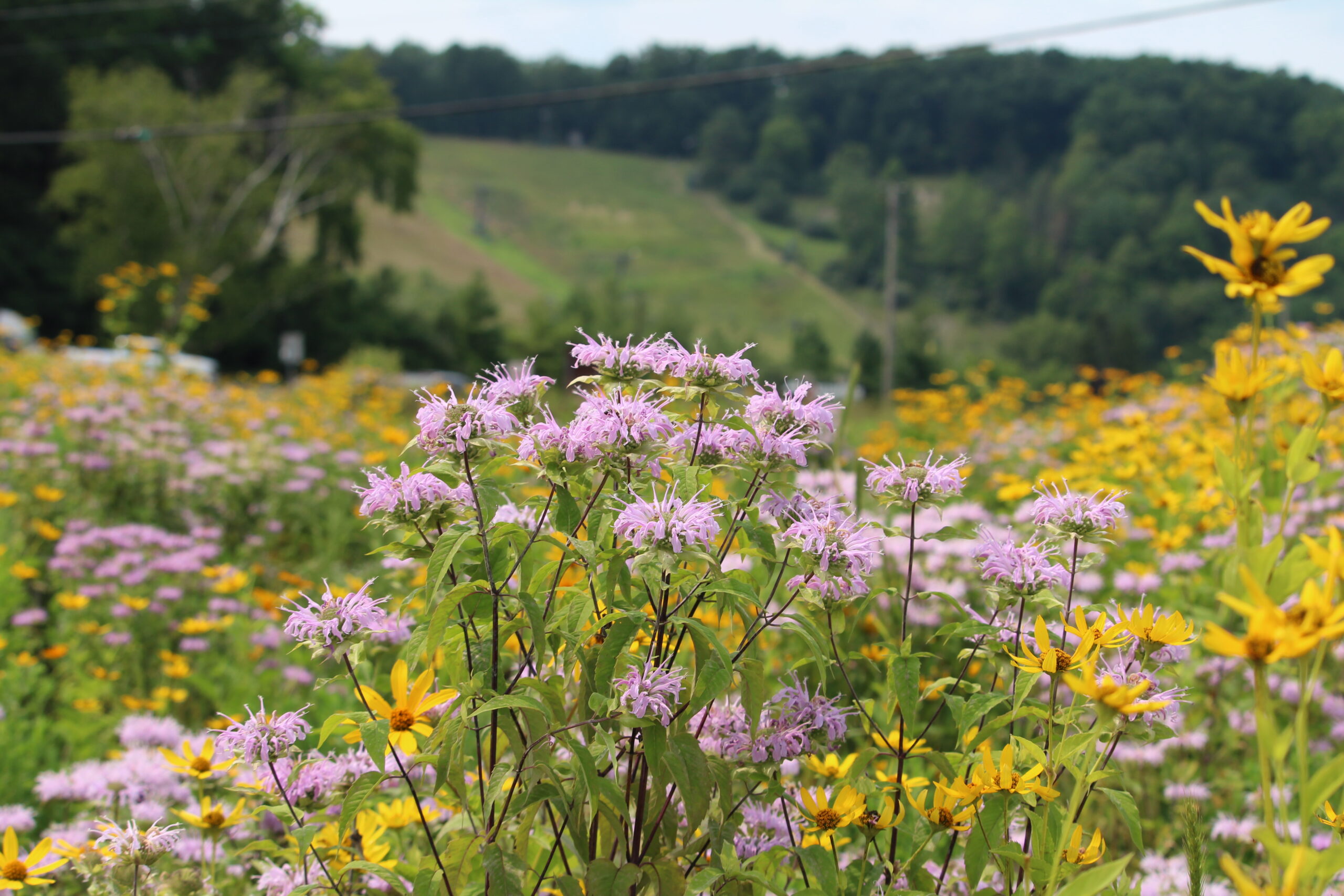
VWL Resources
These simple guides and quick-reference resources are great if you’re just getting started, or want to learn more about creating wildlife habitat, controlling invasive species, or promote native biodiversity.
Bird Resources
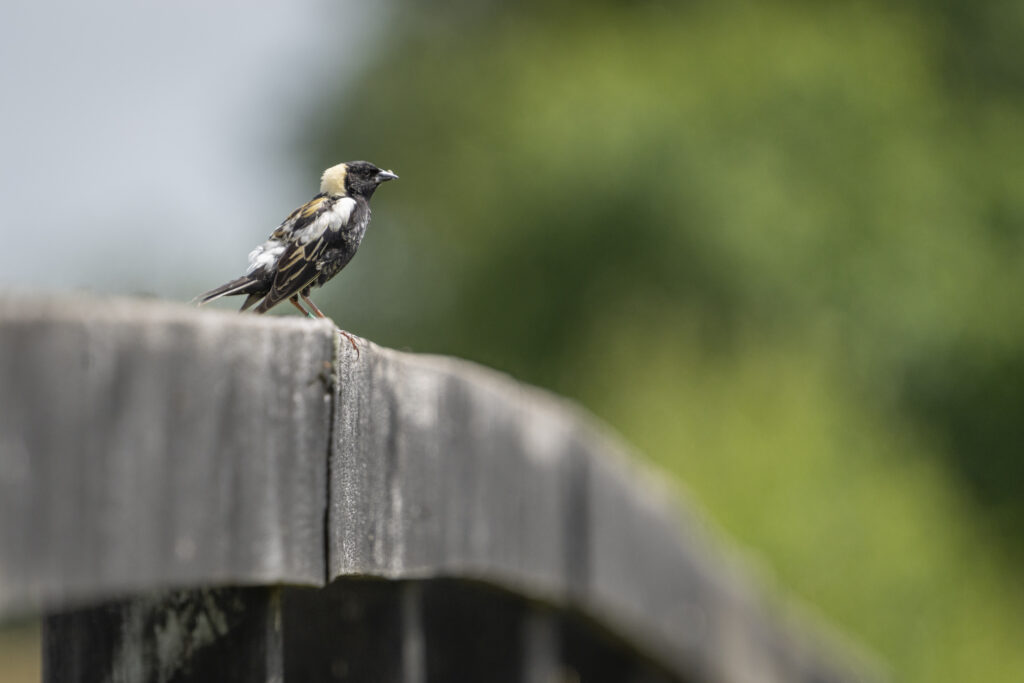
VWL Resources
- Nest-Box Guide for Virginia’s Cavity-Nesting Birds
- Raise the Blade
- Best Management Practices (BMPs) for Grassland Birds
- Grass and Shrubland Birds of Virginia
- Bringing Back the Butcher Bird: Loggerhead Shrike Recovery Program
- Tips for Winterizing Your Yard for Wildlife
- Field Management Guidelines for Grassland & Shrubland Birds
- 2020 TEDx Talk | “Bringing Back the Birds” by Dr. Amy Johnson
Partner Resources
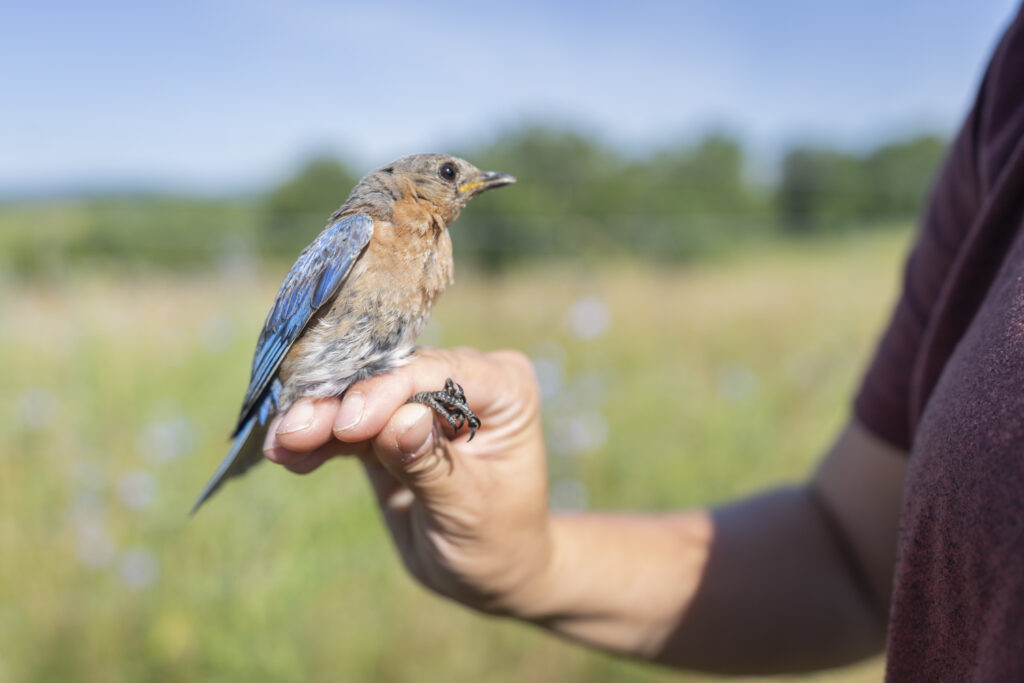
Plant Resources
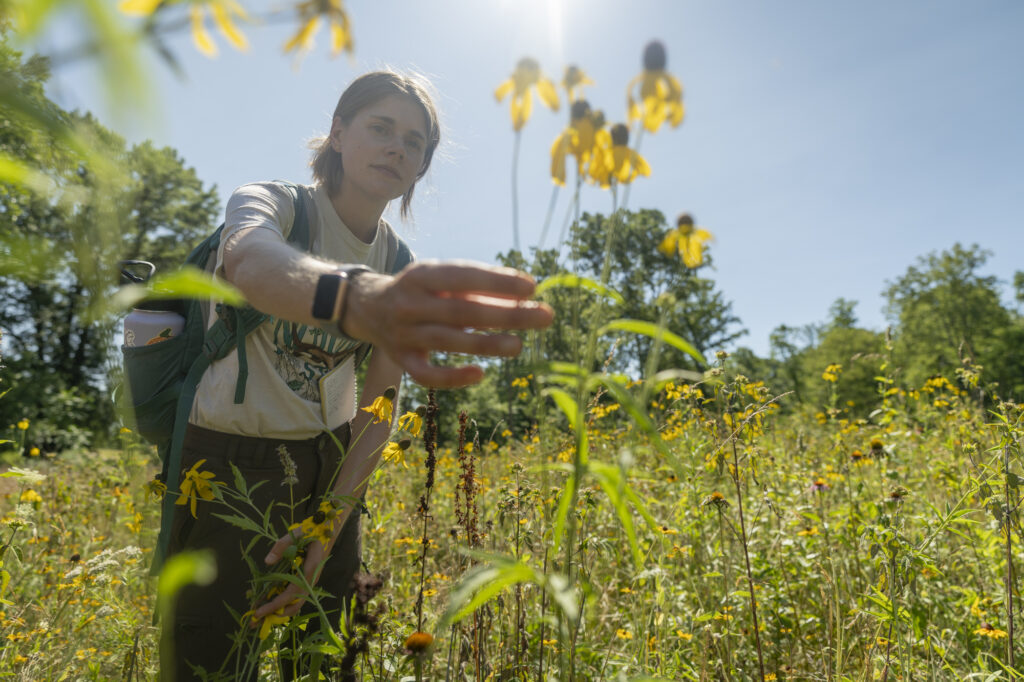
VWL Resources
- Meadow Restoration: Where to Begin
- Suggested Species List for Meadow Plantings, Northern Virginia
- Grassland Goldenrods in Virginia: Identification Guide
- Thistles in Virginia: Identification Guide
- Grassland Plants of Virginia
- Live Staking Guide
- 2022 TEDx Talk | “A Wilder Way: How Plants Can Guide Our Future” by Charlotte Lorick
Partner Resources
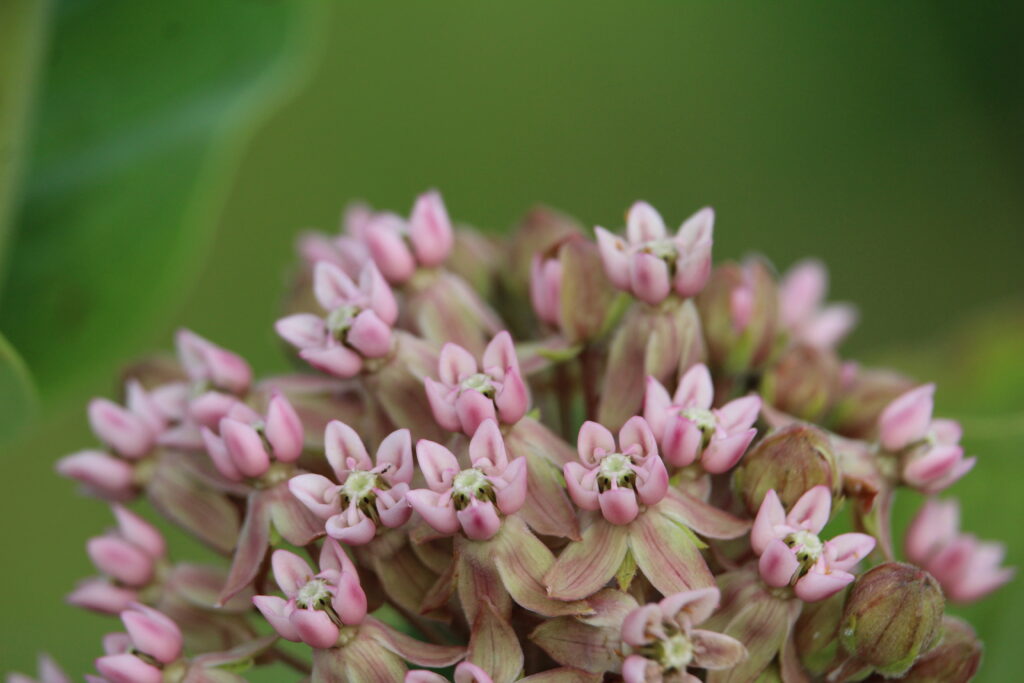
Pollinator Resources
Partner Resources

Technical & Financial Assistance
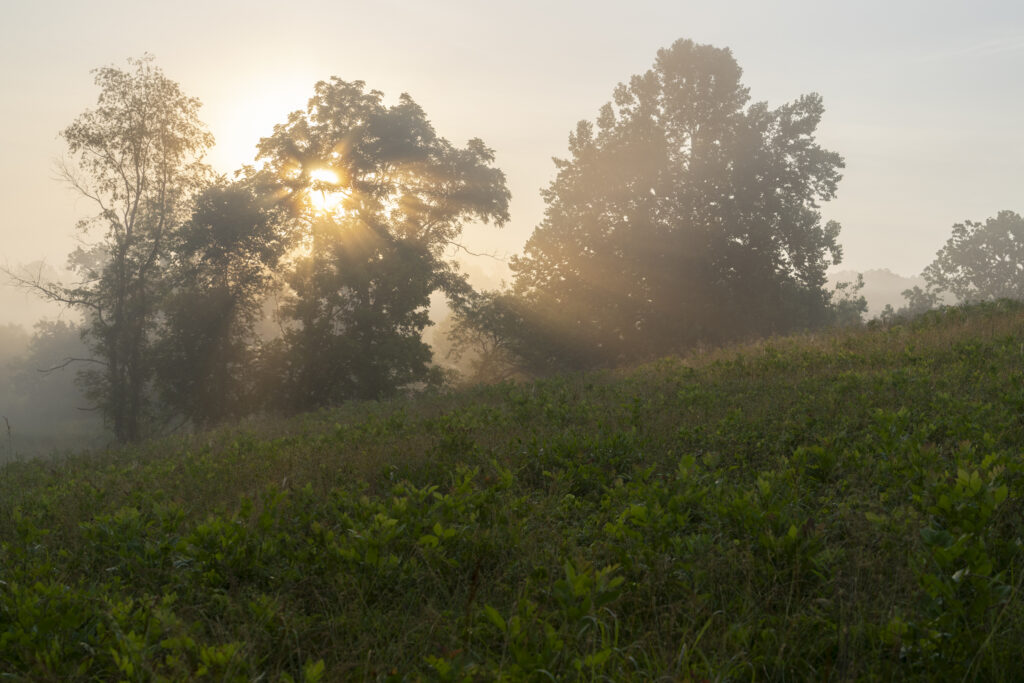
Additional VWL Resources
SUPPORT VWL
VWL is supported 100% by grants and donations and our work is made possible by the generous contributions from our community.
The Smithsonian Institution is a 501(c)(3). All contributions are tax-deductible.
GET IN TOUCH
Virginia Working Landscapes
Smithsonian’s National Zoo and Conservation Biology Institute
1500 Remount Road, MRC 5537
Front Royal, Virginia 22630
SCBIVWL@si.edu
540-635-0035

